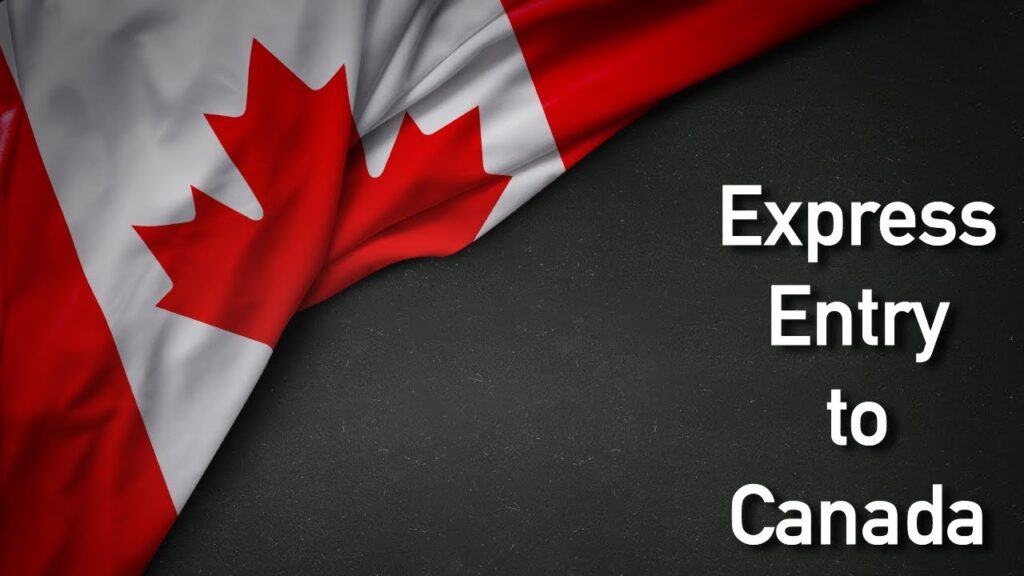British Columbia has now invited close to 9,000 immigration applicants to apply for a provincial nomination this year.
British Columbia invited 256 immigration applicants to give an application for a provincial nomination for Canadian permanent residence in a draw held December 8.
Invitations provided in this draw went to applicants enrolled in the Skilled Workers and International Graduates classes of the British Columbia Provincial Nominee Program (BC PNP’s) Skills Immigration (SI) and Express Entry BC (EEBC) streams.
Applicants in the Skills Immigration: Entry-level and Semi-skilled Workers classification were also invited.
The BC PNP Express Entry categories are open to applicants with a profile in the federal Express Entry system. The federal system manages the pool of applicants for three of Canada’s main economic immigration programs — the Federal Skilled Worker Class, Federal Skilled Trades Class and Canadian Experience Class.
The SI classification is for skilled and semi-skilled workers whose occupations are in big demand in the province of B.C.
The at least score necessities in today’s draw ranged among 77 and 97 for the five EEBC and SI classifications that were included.
The Following is a breakdown of the at least scores:
- SI – Skilled Worker: 95
- SI – International Graduate: 95
- SI – Entry Level and Semi-Skilled: 77
- EEBC – Skilled Worker: 97
- EEBC – International Graduate: 97
In order to get an invitation through the EEBC applicants need to be enrolled under both the federal Express Entry system and B.C’s. Skills Immigration Registration System (SIRS).

Candidates who get an invitation to give an application now have up to 30 calendar days from the date of invitation to present a complete application through the BC PNP Online enrollment system. An invitation to give an application doesn’t guarantee that candidates will be accepted for a nomination.
In order to be considered under the BC PNP, many applicants should have an indeterminate, full-time employment offer from an manager in the province who is ready to help them by the application process.
Express Entry is the federal government’s application management system. Express Entry applicants are given points based on human capital factors, for example, age, work experience, education, and language proficiency in English or French.
Express Entry applicants with a provincial nomination get an extra 600 points toward their Comprehensive Ranking System (CRS) score.


















